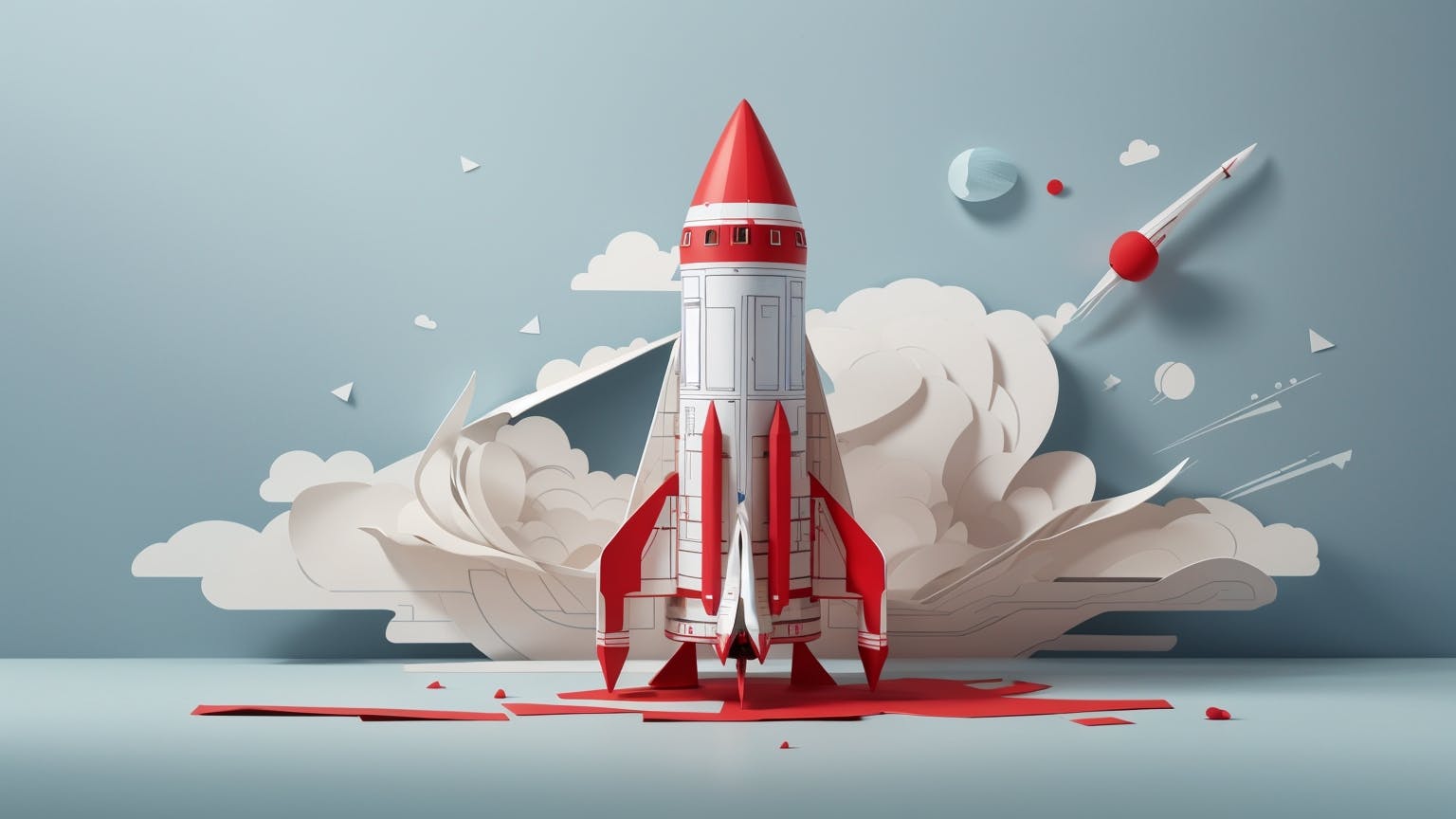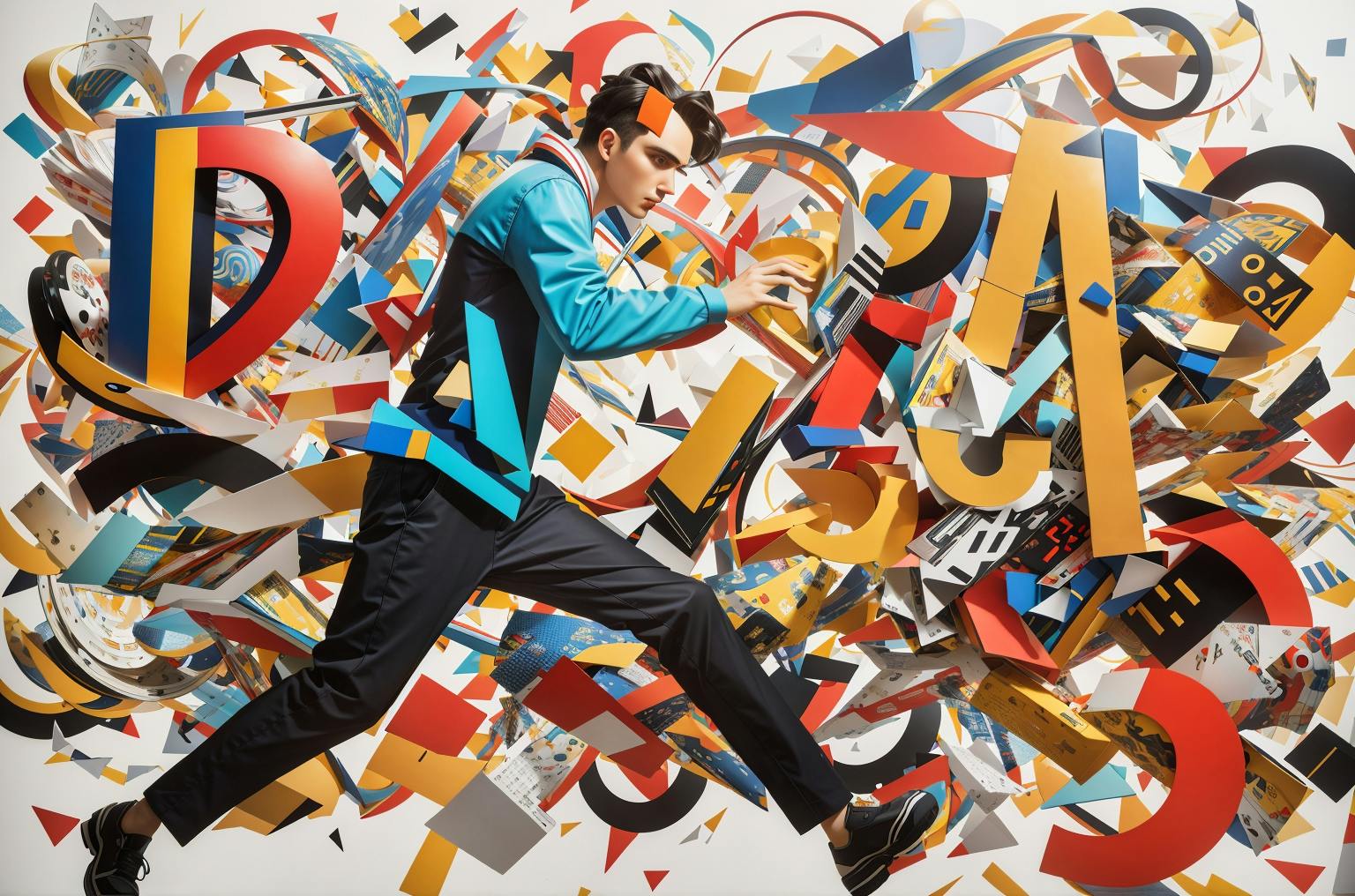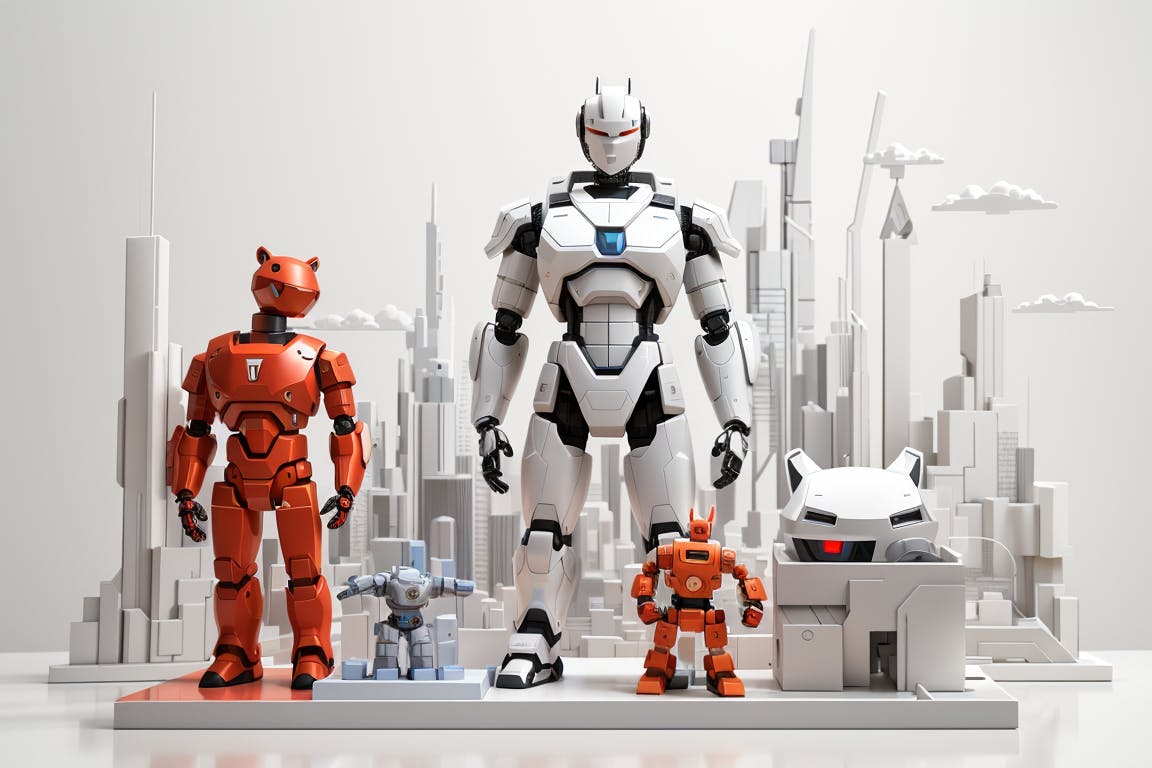Picture this: It's 1977, and audiences are witnessing Star Wars for the first time. As spaceships soar through the stars and lightsabers crackle with energy, something extraordinary is happening - the birth of modern visual effects. Today, as we unveil the meaning of VFX in contemporary cinema, we're exploring an art form that has transformed not just how movies are made, but how stories themselves are told.
The Extraordinary World of Visual Effects: A Journey Through Time
The early days of visual effects were marked by groundbreaking practical and optical techniques. Industrial Light & Magic (ILM), founded for Star Wars in 1975, pioneered many of the techniques that would define visual effects for decades to come. In the extraordinary world of visual effects today, those early innovations have evolved into technologies their creators could hardly have imagined.
Unveiling the Evolution: A Historical Perspective
The journey of unveiling visual effects' meaning has been marked by several watershed moments:
1933: King Kong introduces stop-motion animation on an unprecedented scale 1968: 2001: A Space Odyssey sets new standards for practical effects 1977: Star Wars revolutionizes optical compositing and motion control 1982: Tron breaks ground with extensive computer animation 1993: Jurassic Park marks a turning point in CGI integration 2009: Avatar pushes the boundaries of motion capture and 3D 2019: The Mandalorian introduces real-time LED wall technology

Artwork generated with prompt workflow by Dré Labre
Core Techniques: VFX Meaning Unveiled Through Innovation
1. Computer-Generated Imagery (CGI): The Digital Revolution
In the extraordinary world of visual effects today, CGI has become fundamental to modern filmmaking. The technology has evolved from basic wire-frame models to photorealistic creatures and environments, enabled by advances in:
- Rendering technology
- Physics simulation
- Character animation
- Environmental effects
2. Digital Compositing: The Art of Seamless Reality
Modern compositing combines multiple elements into seamless final images. This process involves:
- Plate integration
- Color correction
- Atmospheric effects
- Light interaction
- Motion tracking
3. Motion Capture: Bringing Digital Characters to Life
Motion capture technology has transformed character animation, used in films from "The Lord of the Rings" to "Planet of the Apes." The technology captures performers' movements and expressions, translating them into digital characters.
Case Studies: The Extraordinary World of Visual Effects Unveiled
The Mandalorian (2019-Present): A Revolution in Real-Time
The series pioneered the use of LED wall technology in television production, creating what's known as "The Volume." This system allows filmmakers to:
- Create virtual environments in real-time
- Capture in-camera visual effects
- Provide interactive lighting
- Reduce post-production time
Dune (2021): Unveiling New Horizons
Denis Villeneuve's adaptation of Frank Herbert's novel showcases modern VFX capabilities through:
- Large-scale environment creation
- Complex creature effects
- Atmospheric phenomena
- Integration of practical and digital effects
Looking Forward: The Future of Visual Effects
The extraordinary world of visual effects continues to evolve through emerging technologies:
- Real-Time Rendering
- Game engine integration
- Virtual production tools
- Interactive previsualization
- Live compositing capabilities
- Artificial Intelligence Applications
- Neural rendering
- Automated rotoscoping
- Enhanced character animation
- Machine learning tools for effects generation
- Virtual Production
- Advanced LED wall systems
- Real-time environment creation
- Interactive lighting solutions
- In-camera visual effects

Artwork generated with prompt workflow by Dré Labre
Impact on Modern Filmmaking
The meaning of VFX has expanded to encompass all phases of production:
Pre-Production
- Virtual location scouting
- Real-time previsualization
- Digital asset creation
- Technical planning
Production
- In-camera visual effects
- Real-time compositing
- Virtual art direction
- Interactive lighting
Post-Production
- Digital compositing
- Effects integration
- Color correction
- Final rendering
Conclusion: The Extraordinary Journey Unveiled
As we reflect on the extraordinary world of visual effects, we see an industry that continues to push boundaries and redefine possibilities. From the practical effects of early cinema to today's digital innovations, the meaning of VFX has evolved far beyond simple visual trickery. It has become an essential storytelling tool, enabling filmmakers to bring previously unimaginable visions to life.
The future promises even more innovation, with emerging technologies continuing to unveil new possibilities in the extraordinary world of visual effects. As these tools become more sophisticated and accessible, they're not just changing how movies are made - they're expanding the very boundaries of what's possible in visual storytelling.


